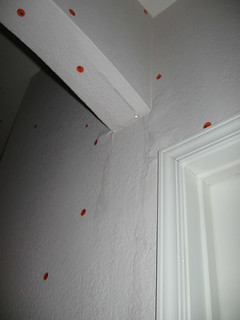
Each year thousands of property owners and managers file insurance claims for mold infestation, structural and interior damage or rot, and various other damages all of which stem from an initial source of water intrusion. In a perfect world all building envelopes would be water tight and structurally sound but in our reality this is seldom the case. When tracing water intrusion back to its source, most will encounter faulty design, construction defects or insufficient materials used, that in turn have compromised the buildings’ integrity and allowed water to invade and slowly work its damaging effects on its core structure. Storms and natural disasters only work to further exacerbate an existing water intrusion situation by pushing more water into your building via high winds and rising water levels. This type of situation only worsens damages sustained during a hurricane or natural disaster event, leading to higher costs for remediation and repairs.
As a building owner/manager your best practice in a water intrusion situation is to locate the source of the leak(s) and devise a plan to fix the issue at its root. Many building owners faced with mold intrusion or compromised structural repairs focus solely on fixing the problem at hand which only puts a figurative band aid on the surface of the damage. However, it is best to look deeper into the issue and locate the true source of the damage so as to properly and finally mitigate the risk at hand.
Insurers typically write exclusions in their policies regarding mold infestation/damage due to secondary or ensuing water intrusion. Coverage for these types of damages can and is often denied due to the source (water intrusion) of the damage having manifested itself prior to the policies term. Most policies will exclude any damages stemming from a water intrusion situation that was previously discovered and thus was the cause of the covered loss. It is imperative as a building owner to know the integrity of your building envelope and be aware of any compromised areas at material transition points in your structure that could be allowing water to slowly enter your frame and over time cause serious damage. Once you are aware pro-active steps can be taken to seal leaks, thus mitigating your risks for future damages to your building via a slow leak/water intrusion.
We here at Risk Worldwide are experts when it comes to identifying and managing risks such as long or short-term water intrusion issues. We have the expertise and resources to assist you in managing your buildings’ risks both pre and post-loss. We work with experts from all types of construction, forensic and weather-related fields in order to thoroughly investigate your loss and locate the true source of damages, thus ensuring your property insurance coverage is sufficient when you need it most.

